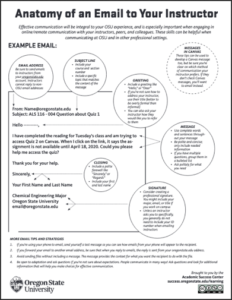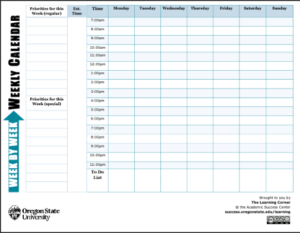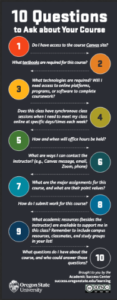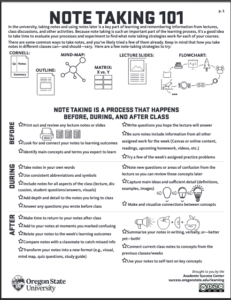While perhaps slightly hyperbolic, I’m forging ahead with this title, courtesy of the Random Title Generator. This after a lengthy brainstorming session via Teams and mulling over a number of compelling options from the generator. Clare didn’t feel that “Wizard of History” was a fair representation of what I’d written, and I felt that “Eye of Thoughts” was too Mordor. So here we are with “Voyages of the Soul.”
The new year always seems like a time for reflection on the past year, though reflection right now feels challenging. While I am not offering a reflective deep dive that encompasses all the learning and thinking I’ve done this past year, I would like to share a few things that have helped me navigate working remotely the past 10 months and that I hope to continue moving forward post-COVID/remote work.
Flexibility (no crisis required). Flexibility shouldn’t require a crisis. While I usually try to have flexibility in classes I teach, I’ve been more intentional this past year—requiring fewer assignments, offering options for engagement, grading complete/incomplete. Students often believe that any request for flexibility is a big ask—even when they’re dealing with the unimaginable. From the instructor side of thing, the ask is often small and easily accomplished. I hold onto the idea that students shouldn’t have to ask. If I can build in flexibility from the onset, I can establish it as a norm rather than an exception.
Less urgency. So often everything feels urgent. Emails, asks, the 10-week term. And while some things are urgent, many things don’t need to be. I’m trying to push back on that culture of urgency, become more aware of its relationship to power, and be mindful of how I contribute to this culture. The more I look, the more opportunities I find to be slow down, create boundaries, and make space for myself and for others to work in more manageable ways.
Music. And dancing. As I write this, I’m at a standing desk with wireless headphones, dancing. Many afternoons this past year have been improved through music and dancing. I’ve been fortunate to work from home, and that set-up process challenged me to think about workspace in a new way—to imagine what it could be. Now, this whole set-up may have to come back to campus with me. Waldo Hall dance party.
Time between meetings. While it’s now possible to transition between meetings with a few mouse clicks, back-to-back-to-back meetings are not good for us. Days with 5 or 6 meetings in a row, constantly on screen, are exhausting. I imagine this is equally hard on students in remote classes. I’m trying to be mindful of the meetings I’m leading, time needed, and how I can encourage people to engage in ways that work for them. Sometimes brief audio calls or Teams messages are enough. When an hour is scheduled, I’m working to end meetings at :50 and keep transition time between conversations.
Community. In November, I participated in NaNoWriMo (National Novel Writing Month). To achieve that goal, I needed to write every day. Knowing Clare was also committed to daily writing provided solidarity. Evening writing sprints on Discord connected me with others in the same process. And Sarah’s check-ins, excitement for the project, responsiveness to random writing questions, and encouragement were so helpful. As I plan for future projects and as I support others in their planning, I’ll be looking for more connection points and ways we can create a stronger community of support and encouragement along the way.
These are just a few of my reflection points, but I’ll be adding to my list in the coming months. I’d also love to hear from you if you’d like to share! What have you learned about your work? Or about supporting students? What are you holding onto moving forward? Feel free to email me a short description that we could include in a spring issue of The Success Kitchen.






